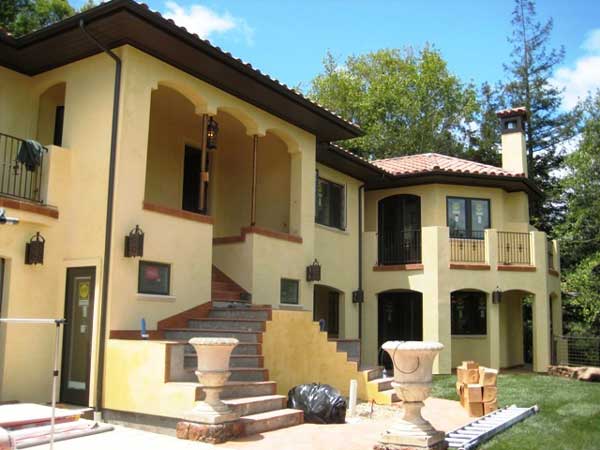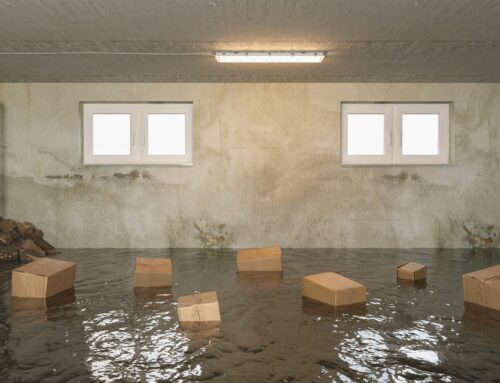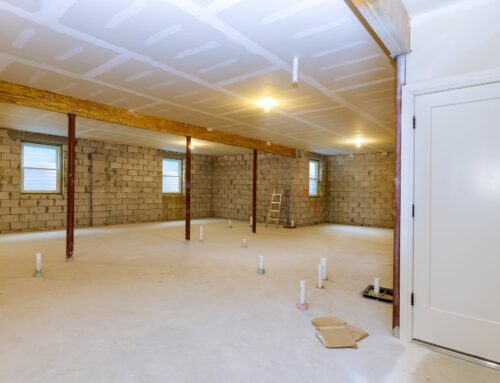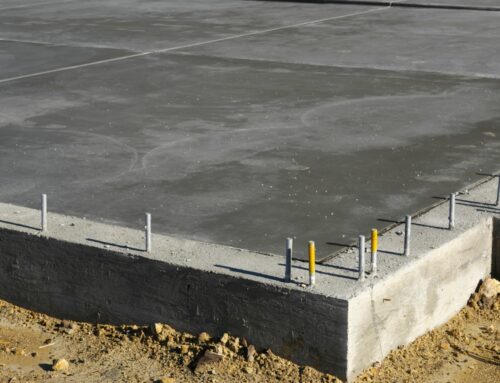Two of the oldest and most common building materials that are still popular and being used today are stucco and concrete. This is because, over the years, manufacturers and suppliers have developed significant improvements and variations that help make these materials useful for construction.
Concrete and plaster walls often use stucco and concrete and are generally created with Portland cement. This means that the material contains limestone and has been heat-treated to help with its durability. When you mix this with water, the cement hardens and will then turn into solid material and combine with rock and other minerals for strength.
If you’re confused about the difference between the two, we’ve got you covered. In this article, we’ll discuss the difference between concrete and stucco material. Let’s begin!
Stucco
It’s “breathable”
One of the notable differences between stucco and concrete is that the former is cement made from fine sand and lime, mixed with water. After doing so, the paste is then spread over to a surface and could be used in interior and exterior projects.
The reason it’s breathable is that it has water-shedding features that allow moisture to escape through its tiny pores, effectively reducing the chances of decay or rot.
It’s decorative
If you are concerned about aesthetics, you can count on stucco material. Stucco can be supported by load-bearing material, like wood or concrete, and can be applied to masonry-based walls, such as cinder blocks or brick. After that, you can finish it off with a rough texture, giving your wall an aesthetically pleasing, rustic look.
Besides that, you can even layer over some paint on your stucco walls, unlike cement walls where you’re stuck with various shades of gray.
It cannot bear weight
Although it can look more pleasing to the eye, one of the disadvantages of working with stucco is that it can’t manage to carry heavy weight. For this reason, you can’t use stucco for foundations and basements.
However, you can use stucco to create architectural details, such as vertical walls, curves, and angles.
Concrete
It’s strong
A component that gives concrete its real strength is rock. In concrete, the gravel bears the weight while the sand fills the voids between larger rocks, making concrete more reliable and has excellent compressive strength. This is why concrete and plaster walls are best to use for your property’s foundations to ensure safety and protection.
However, concrete may need a bit of support by reinforcing steel to help with its lateral strength and resist bending and pulling pressures.
It can bear a lot of weight
Both stucco and concrete materials can result in cracking or can leave you with brittle surfaces if you don’t practice proper mixing and drying techniques. When done right, concrete can carry heavy loads and won’t pose a threat to safety.
It cannot be troweled
A notable disadvantage of using cement material other than limited visual options for decorations is that cement cannot be troweled into vertical surfaces. This is because cement is meant to dry horizontally or in molds due to gravity.
Conclusion
Now that you know the difference between concrete and stucco, you’ll know which material to incorporate in your property. Whether you’re thinking of using concrete and plaster walls, or if you want the aesthetics of stucco, the key is to utilize these materials properly to ensure your safety and so that you can use them effectively.
Are you looking for stucco and plastering services? Check out One Stop Plastering. For over 60 years, we’ve been providing the best residential and commercial stucco and plastering services, such as exterior plaster and stucco and interior plaster and stucco in San Francisco. Learn more about our services today!






